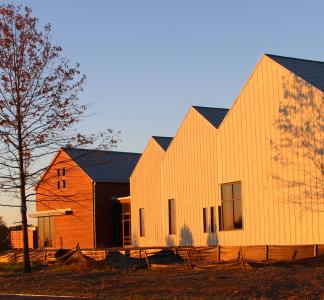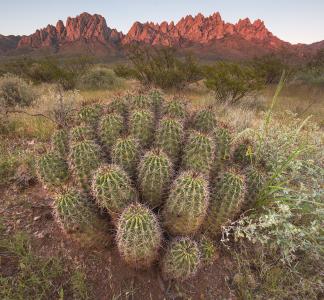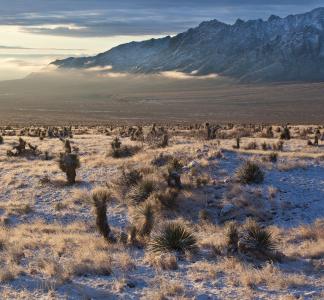Civil rights history, underserved communities championed in new lands bill
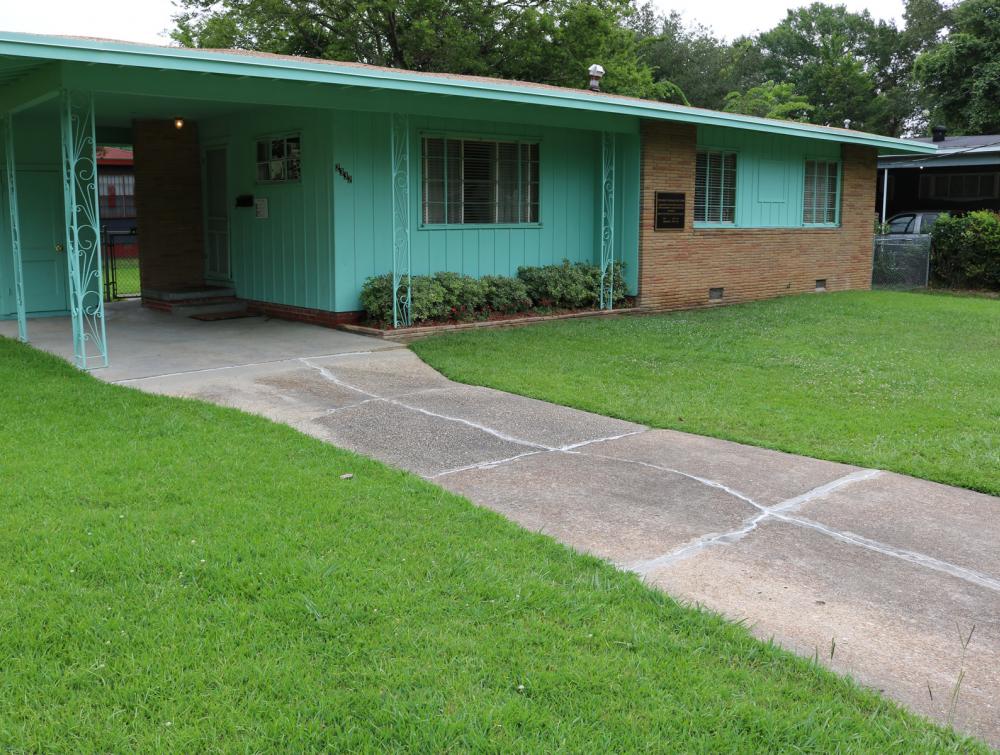
Medgar and Myrlie Evers' home at the new Medgar and Myrlie Evers National Monument, Mississippi
Alan Spears, NPCA
Home of Medgar and Myrlie Evers among areas recognized
A massive public lands package recently passed by Congress not only protected 2.3 million acres of land and water, but also gave long overdue public recognition to an important civil rights site and included provisions aimed at increasing access to parks. When taken together, the provisions of the bill are a great step towards ensuring that everyone, especially people of color and underserved communities, can enjoy more equitable access to our public lands and parks.
A key provision in the John D. Dingell, Jr. Conservation, Management, and Recreation Act designated a national monument honoring civil rights heroes Medgar and Myrlie Evers in Jackson, Miss. This designation both recognizes the contributions of two exceptional Americans and helps chip away at the tremendous imbalance in representation on our monuments and other public lands; a report released by the Center for American Progress (CAP) in 2014 showed that only 24 percent of national parks and monuments honored women, people of color, the LGBTQ community and other traditionally underrepresented groups.
In addition to telling a more complete story about the U.S., addressing this imbalance would likely help bring a broader cross-section of the U.S. to our public lands. In one recent survey by the Next100 coalition, 77 percent of "minority registered voters" said that the designation of monuments and other sites that recognize the historical contributions of underrepresented communities would make them "more likely" to visit.
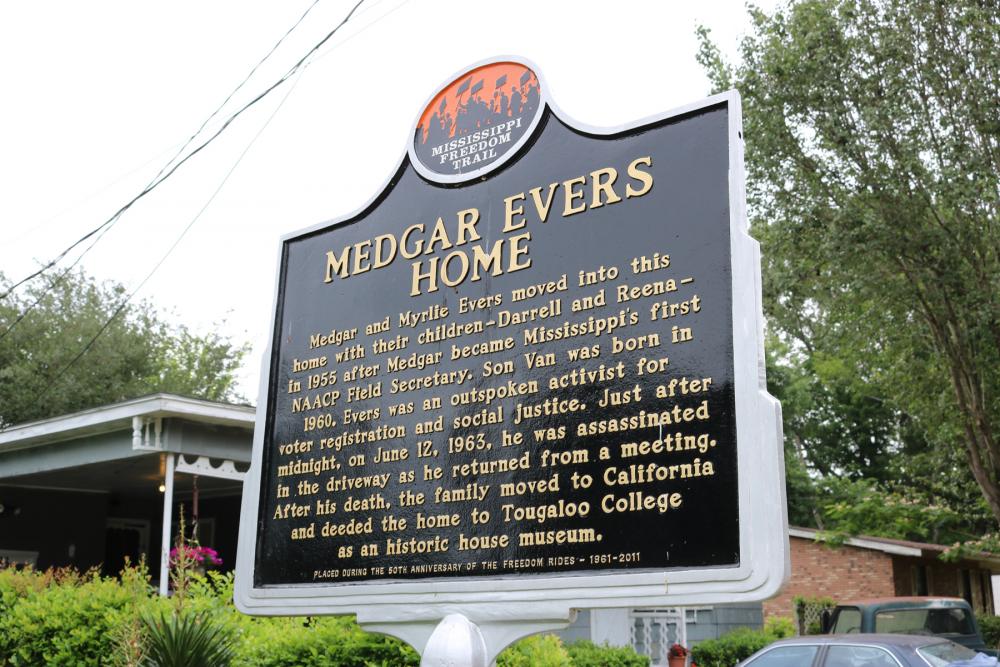
Medgar and Myrlie Evers National Monument, Mississippi
Alan Spears, NPCA
Key cultural and historical designations in the new bill:
Medgar and Myrlie Evers National Monument (Mississippi)
The bill designated the home of civil rights leaders Medgar and Myrlie Evers as a national monument, newly elevating what was already a cherished spot on the U.S. Civil Rights Trail. Medgar Evers was the first NAACP field secretary in Mississippi and Myrlie Evers later served as chairwoman of the NAACP National Board of Directors. Both remain indelibly linked to the mid-20thcentury struggle against racism and inequality. Medgar, who was instrumental in organizing boycotts of businesses that discriminated against blacks, desegregating the University of Mississippi and leading voter registration drives, was murdered in his driveway by a white supremacist in 1963, a crime that went essentially unpunished until decades later. His widow, Myrlie, was a towering figure in her own right, credited with restoring the NAACP to its exalted status after a period when the organization was “faction-ridden, debt-saddled, [and] dispirited.” An accomplished author and businesswoman, she did not retire from public life until 2018, at the age of 85. The new monument offers some small measure of well-deserved recognition to a couple that is practically synonymous with the civil rights movement.
Mill Springs Battlefield National Monument (Kentucky)
Only the second national monument in Kentucky, Mill Springs Battlefield National Monument will mark the site of the first major victory for the Union Army during the Civil War. The Battle of Mill Springs, in 1862, was considered a breakthrough moment for the Union, marking the collapse of the Confederate line of defense in the region and effectively capturing a strategically important state. This, along with last year’s designation of Camp Nelson National Monument some 50 miles to the north, helps to offer a more complete picture of the Civil War; Camp Nelson was a recruitment and training center for African-American soldiers in the Union Army, a too-frequently ignored group in our national retellings.
Reconstruction Era National Historical Park (South Carolina)
At the very end of his presidential term, President Obama established the first national monument that recognizes the post-Civil War Reconstruction era, including the site of one of the first schools for freed slaves and the Brick Baptist Church, which was built by slaves and eventually adopted as their place of worship when the land was otherwise abandoned. Under the recent bill, the monument will be expanded to include other sites in the area of importance to understanding the history of Reconstruction, and re-designated as a national historical park.
Every Kid Outdoors renewal key for students from low-income households
Additionally, the John D. Dingell, Jr. Conservation, Management, and Recreation Actincluded a seven-year renewal for the Every Kid Outdoors program, which offers free-access passes to all national parks and other national public lands for fourth graders and their families.
Launched by the Obama administration under the name "Every Kid in a Park" and nearly extinguished by the Trump administration in 2018, Every Kid Outdoors benefits all kids but is especially important for those from underserved communities. In its first two years of operation, the program paid for transportation for kids from schools where much of the student body is from low-income households. It is a sorely needed initiative: Broad research as well as analyses of individual parks show national park visitors tend to have a higher household income than the national median, suggesting these remain destinations enjoyed disproportionately by the wealthy. People of color, already notoriously underrepresented among national park visitors, are more likely than others to say that high entrance fees are a reason they don't visit more. Many of the fourth graders who visit national parks for free through Every Kid Outdoors might otherwise not get the chance.
Parks program made permanent
Perhaps the biggest victory of the John D. Dingell, Jr. Conservation, Management, and Recreation Actwas permanent reauthorization of the Land and Water Conservation Fund, or LWCF. At no direct cost to taxpayers, this program pays for improvements and additions to parks ranging from huge, nationally famous landscapes to local soccer fields. This includes ensuring easier access or improved experiences for low-income or otherwise underserved communities.
With more than 41,000 projects the program has helped fund parks and natural spaces in every county in the nation. Examples include new ballfields and maintenance projects at the popular Tingley Recreation Area in the heart of Albuquerque; the creation of Gateway Park, a youth sports destination in Fort Worth, TX; Montbello Open Space Park, in a majority Latino neighborhood in Denver; a miniature fishing pond in Carson City, NV; and the development of a swimming pool in Washington DC’s majority African-American fifth ward. It has even been used to acquire land incorporated into educational and empowering resources like the Brown V. Board of Education National Historic Site in Kansas.
By strengthening programs like Every Kid Outdoors and LWCF, we hope to both conserve precious wildlands and ensure public lands, from the national to the local, are accessible, welcoming and representative of all Americans.
